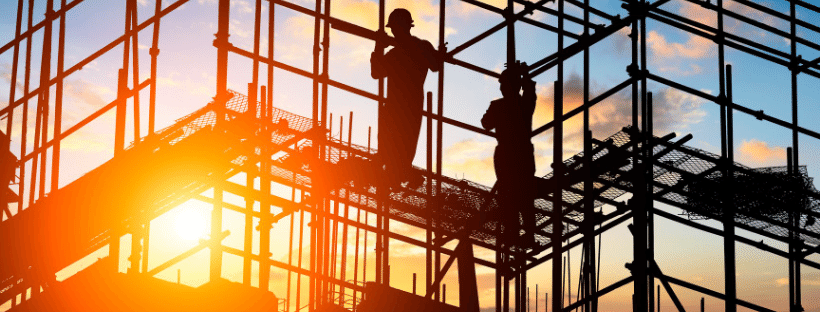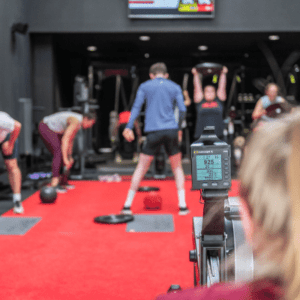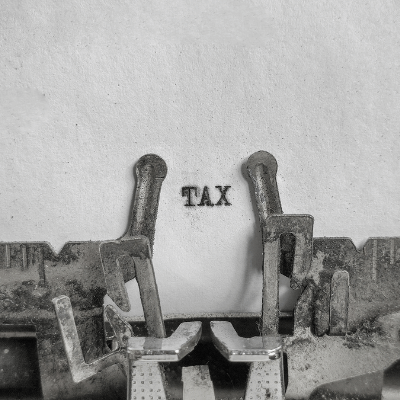
New rules for VAT, regarding the reverse charge on construction services, came into effect only from 1 March this year. The aim of the rules is to stop the circular journey of VAT monies between suppliers, HMRC and customers. However, you could be forgiven for not being entirely clear about the reverse charge rule, as it is a departure from what has been the norm for a number of years.
We spoke to Paul Bithrey, Director at Foxley Kingham, to clarify some of the issues around the VAT reverse charge and what clients need to be aware of.
“The new VAT reverse charge can go wrong because some people in the subcontractor supplier chain have been used to working on commercial projects for years, and this is relatively new legislation,” says Paul. “The VAT on the supply of building and construction services must be accounted for by the customer rather than the supplier. And it only affects supplies at standard (20%), or reduced rate (5%), where payments are required to be reported through CIS (Construction Industry Scheme), unless the services are supplied to a contractor who is the end-user.”
Issues can arise in construction projects because there are often many layers of contractors. Where a construction firm is building an office block, for example, they may employ many contractors, who also have other subcontractors. In these situations, it is important to keep in mind that it is the construction firm’s client who is the end-user, when it comes to VAT accounting for CIS services.
The end-user is the recipient who will use the building or construction services for themselves, rather than sell the services on as part of their business of providing building or construction services.
What to do with VAT reverse charge
Both supplier and customer must establish from the outset if the services being supplied and received are captured by reverse charge legislation, and clearly identify the end-user.
Keep a record of the decision, the end-user and any relevant supporting evidence.
If reverse charge rules apply, the supplier (subcontractor) must raise an invoice for the services provided, including all the information normally required to be shown on a VAT invoice, clearly stating that reverse charges apply and that the customer is to account for the VAT.
When the invoice includes mixed supplies, of which not all are caught by the reverse charge legislation, the entire invoice must be treated as if it is, and accounted for as such.
The customer (main contractor) must review the invoice provided and ensure the VAT rate amount has been correctly identified and calculated.
On the VAT return, the customer (main contractor)must still record the expense as normal but also include the reverse charge in box 1 as output tax, and box 4, as input tax.
The resulting impact of the reverse charge rule for the subcontractor, is nil VAT to be paid to or received from HMRC, and a potential cashflow benefit for up to three months, if returns are quarterly rather than monthly.
Paul says,
“Every time you raise an invoice to a customer, ask yourself, does this work fall within the remit of the CIS scheme? If it does, apply reverse charge rules. If you’re unsure, or need further clarity, get in touch with us for help.”
Our dedicated and experienced construction accountancy team bring you clear, practical and proactive advice to help you meet sector-specific and other financial challenges head-on, contact us for access to our easy to follow flowcharts to help you navigate through the rules. Read more about ways in which we can help here.









